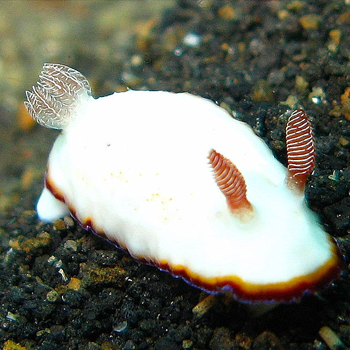Question #5e9ed
1 Answer
Check out the explanation.
Explanation:
(1-2) coffee beans and water, tea bags and water
Two everyday examples of immiscible mixtures are coffee beans and water or tea bags and water. The method used here is hot gravity filtration, which is a type of solid/liquid extraction. This uses hot solvent or water to filter the solution into a flask. Usually the impurities are insoluble, so they catch in the filter while the rest of the solution filters through via gravity. In the example, hot water filters through what you drink while the coffee filter and tea bag keep the insoluble components separated.
(3) solid crystals in a solution
Another example of solid/liquid extraction is solid crystals in solution at room temperature. With this, you would use vacuum filtration. For this, you use a flask that is under some pressure. When you add your filter paper, the suction will pull the liquid through the filter and collect in the flask. The solid crystals will remain on the filter.
(4-5) ether and water, pentane and acetic acid
Let's talk about liquid/liquid extractions. An example of this is ether and water or pentane and acetic acid. The technique here is using a separatory funnel. When the immiscible liquids are put into a separatory funnel, there are two layers that form. This may not always be noticeable. You separate the two liquids by draining the one liquid until you reach the second liquid.

